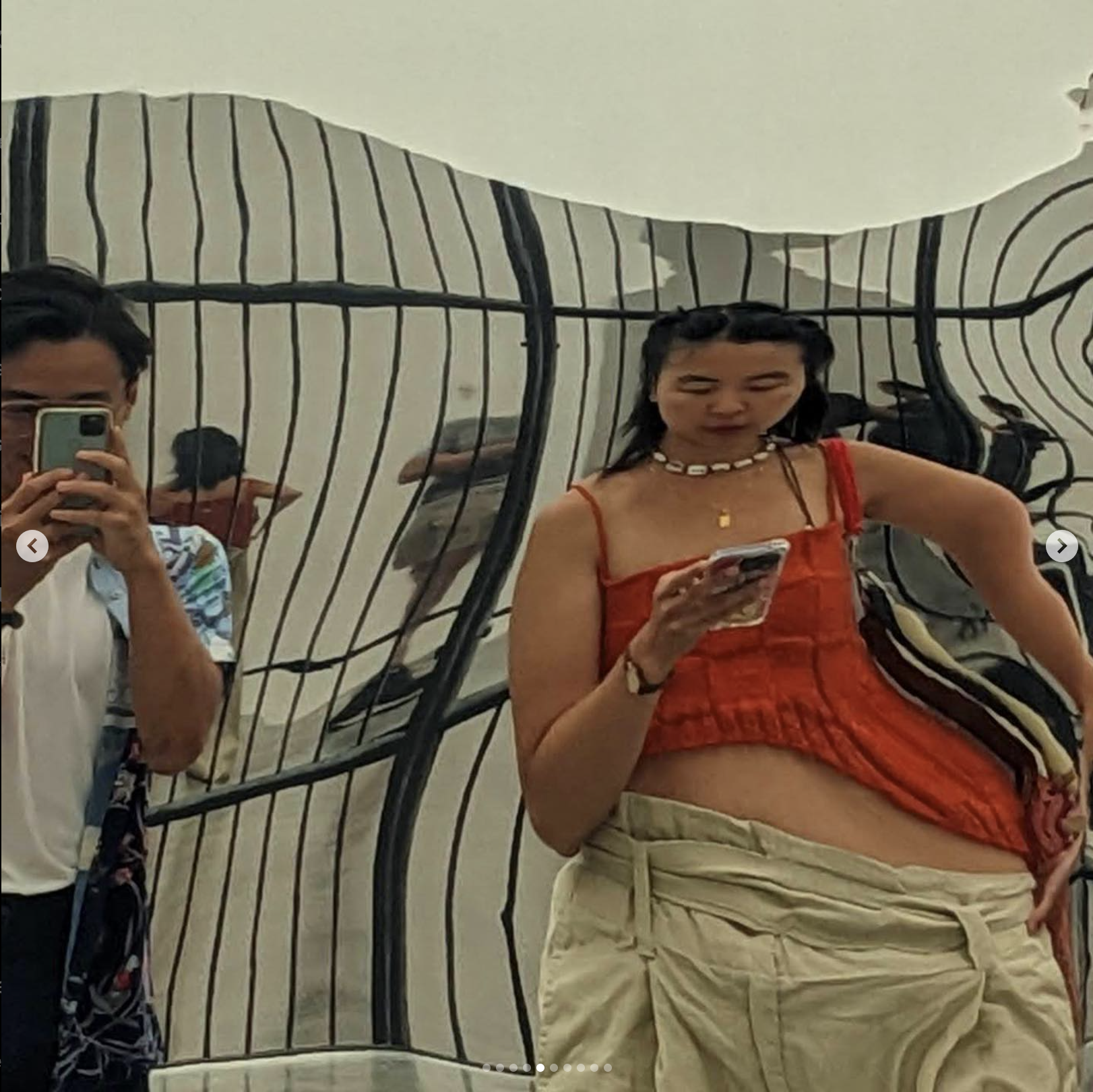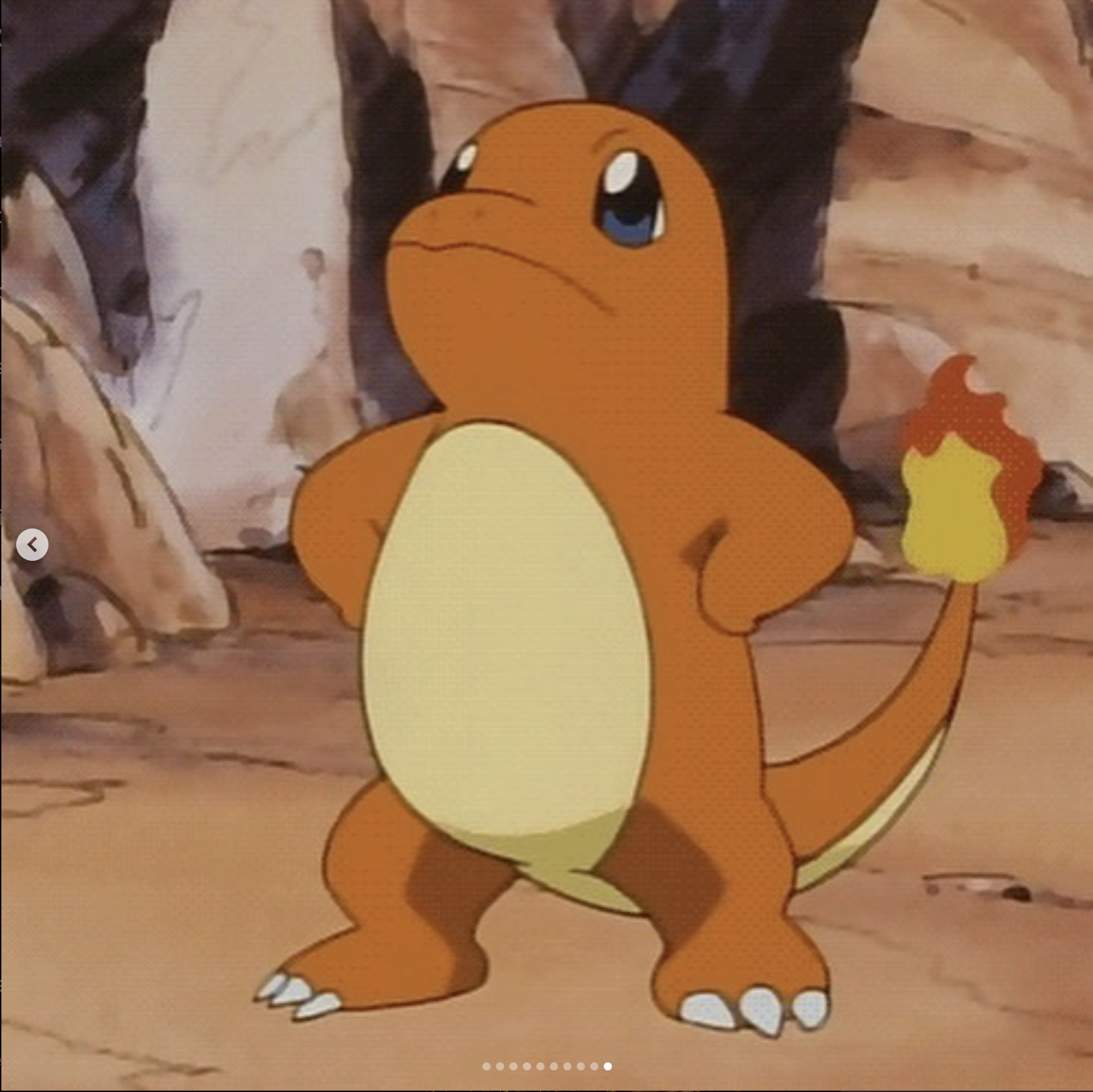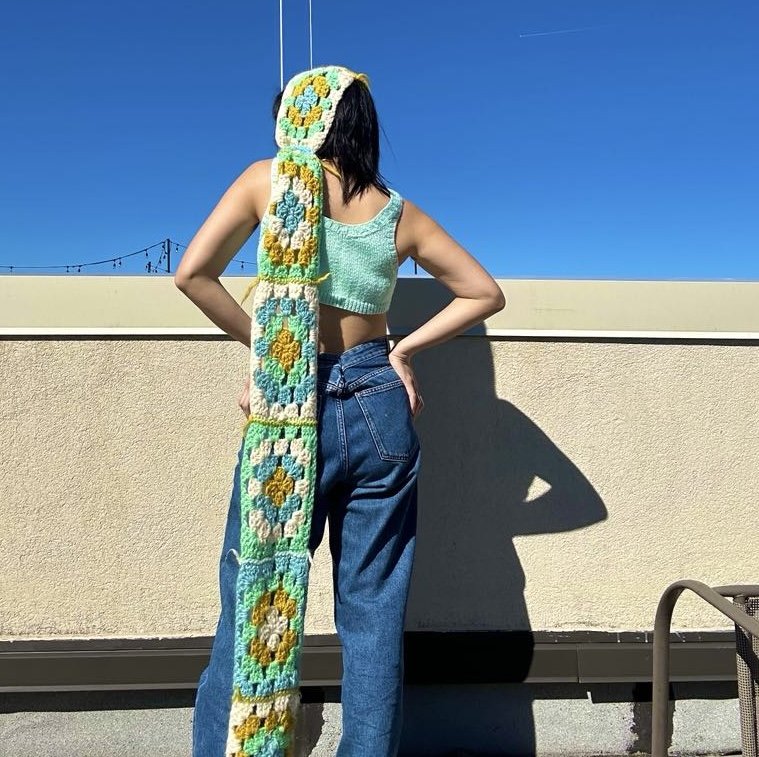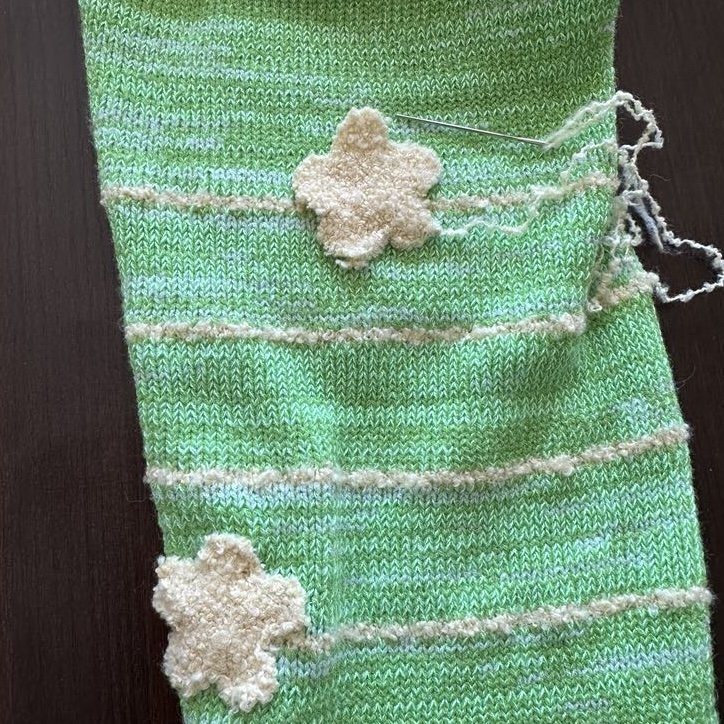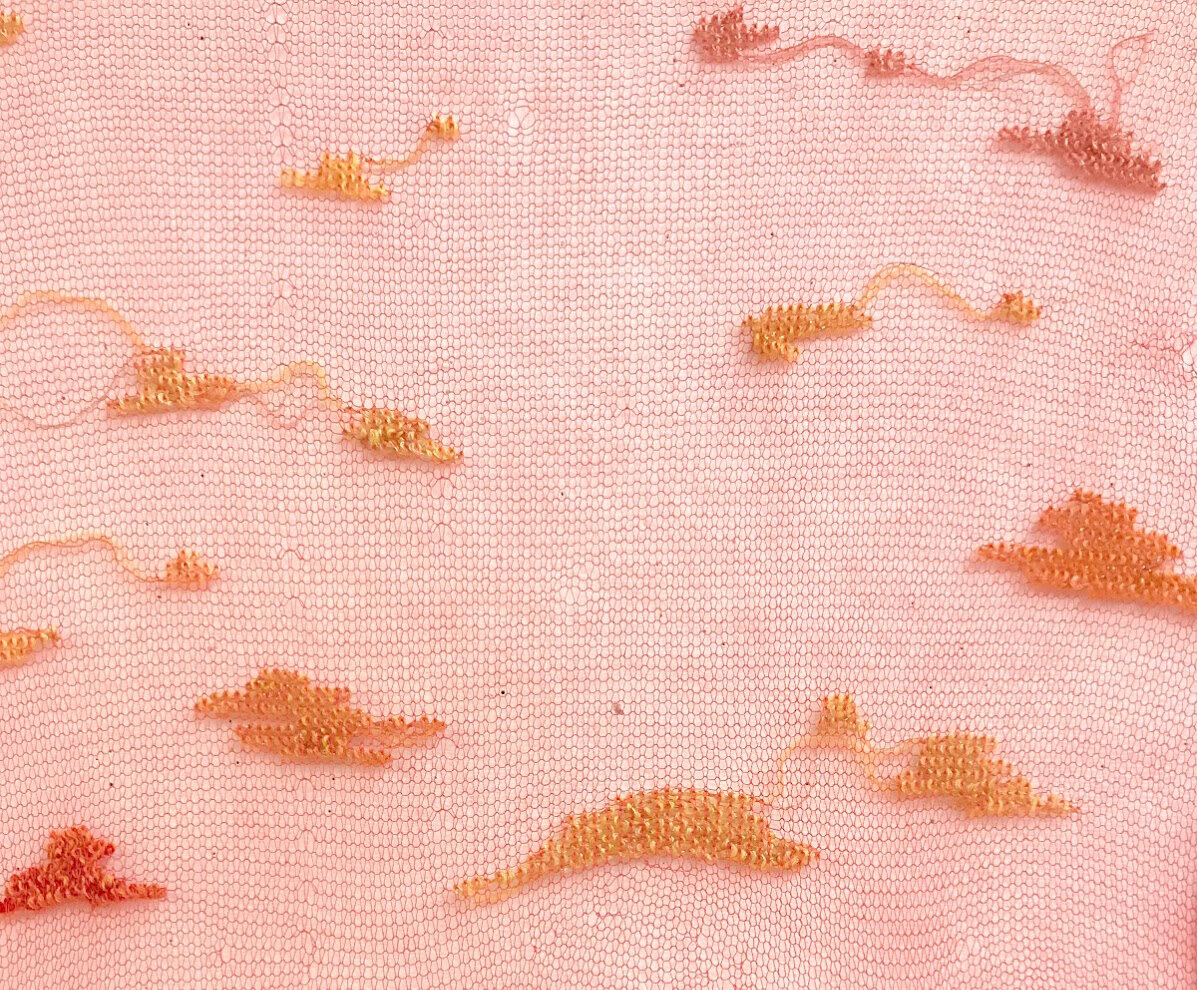|| S O F T- S T U F F ||
After completing my studies in art school and research in Fulbright Fellowship, I felt a strain and anxiety towards my relationship with making. I sought a more down-to-earth practice as a form of healing and re-connecting with my love of fabric forms, ticklish textiles, and soft stuff. Below is a compilation of various personal projects manifested between 2020 to present day that exemplify my daily explorations in playing with yarn.
|| F I R E W O R K S [ ( s m o k e ) ( f l o w e r s ) ] ||
Textiles Art Center Brooklyn || 2019 || various yarns
The Chinese word for 'fireworks' consists of the character for 'smoke' followed by the character for 'flowers'. Lunar New Year is considered the most important holiday in China, when hundreds of thousands of citizens depart from their work lives in the cities and return to the countryside to eat, laugh, and celebrate with extended family members. Born and raised in America, I have never experienced Lunar New Year in China, where my parents immigrated from. Hence, this sweater is my attempt at imagining what Lunar New Year feels like in my parents’ rural childhood homes. Growing up, I watched televised Lunar New Year fireworks take place in major cities such as Beijing and Hong Kong, as spectacles featuring a myriad of colors and patterns bursting into the dark sky. Yet I long to experience the intimate firecrackers that are set off in the farmlands of my parents’ hometown. Through machine knitting, I conceptualize the villagers putting up red decorations to bring good luck, I paint rice paddies in hues of gold and crimson, I stitch children running around with sparklers in hand, screaming and laughing as humble fireworks explode around them, warding off evil spirits. Instead of a dark sky, I imagine the light from the firecrackers blooming into puffs of smoke, illuminating the night canvas with flowery clouds, enveloping the village in a red hue of warmth and celebration.
|| P R O S P E R I T Y [ ( h a p p i n e s s ) ( h a p p i n e s s ) ] ||
Textiles Art Center Brooklyn || 2019 || various yarns
The Chinese word for ‘prosperity’ is expressed by doubling the character for ‘happiness’. I am intrigued by this building block-like feature of the Chinese language (to give another example, the character for ‘forest’ consists of three characters for ‘tree’ stacked together). I am also interested in the aesthetics of the Chinese language, and how the geometric quality of Chinese type allows it to become a sort of decorative motif, as seen on many traditional Chinese architecture. This sweater is a playful exploration of these unique traits of Chinese language through the character for ‘happiness’. The textured yarns and childish color blocking are meant to evoke the playful, inventive-ness of how Chinese words are created. While the characters for ‘happiness’ are used conventionally to create the word for ‘prosperity’ on the pockets, the character is redundantly repeated on sleeve hem and back hem in an ironic manner (because if ‘happiness’ twice equals prosperity then does ‘happiness’ a dozen times mean ‘extremely-overly-joyfully-blissful-ecstasy’?). The eyelet and scalloped edges of the sweater are details referencing the architectural forms where Chinese characters are most commonly used as decorative motif.
|| M A C H I N E & H A N D - K N I T S W A T C H E S ||
|| M A C H I N E - K N I T S W E A T E R S ||
Reinterpreting traditional Japanese fisherman jacket sleeve, traditional Korean stripe patterns, and traditional Chinese apron.


















